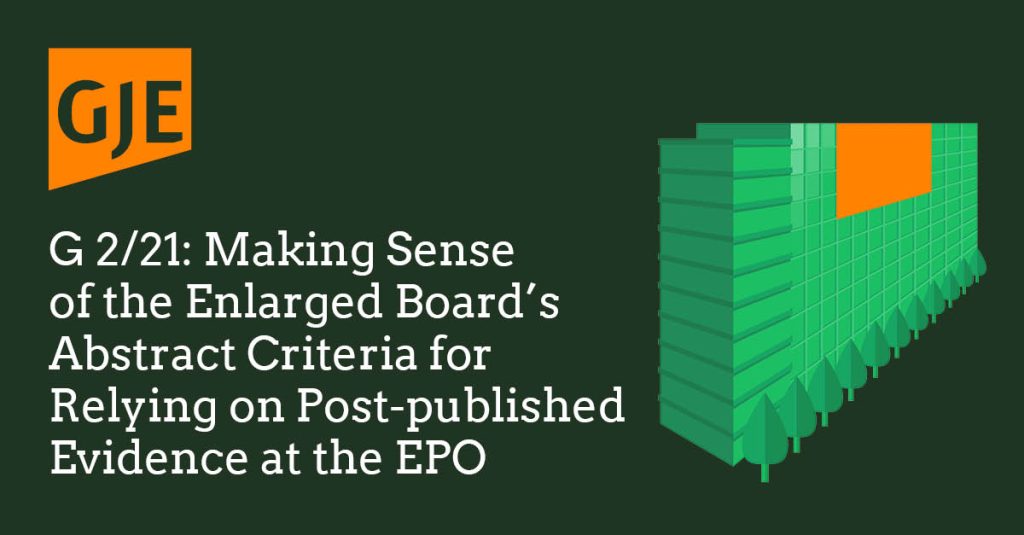
The right to priority is often a topic of contention at the European Patent Office (EPO), and it is once more in the spotlight with a referral to the EPO’s Enlarged Board of Appeal (EBA). We know that subject matter may have different priority dates, based upon the filing date of the application in which it was initially disclosed. But can a priority claim be dependent upon whether the applicant for specific territories of a PCT application owned the priority right at the date of its filing? Or is it enough that the applicant that owns the priority right is listed for any territory?
Case background
The referral is from granted European patent 1,755,674, and related European application 3,056,218, (G1/22 & G2/22) both of which stem from PCT application PCT/US2005/017048 (published as WO 2005/110481). That PCT application claims priority from US provisional application 60/571,444. Three inventors are listed as applicants for the US provisional, and those three inventors are listed as applicants on the PCT application “for US only”. Their respective companies are listed as applicants for all other countries, which was in line with US patent law at the time. However, only one of the inventors had assigned their rights to their company prior to the filing of the PCT application.
The question at hand is whether a European patent originating from the PCT application, for which the two companies were applicants on filing, is entitled to the priority date of the US provisional application by virtue of the applicants/inventors for the US provisional being listed on the PCT for a different jurisdiction, i.e. the US.
Potential outcomes
It has long been understood that a later-filed application is entitled to claim priority from an earlier application as long as the entity owning the priority right is an applicant for the later application. As we know, additional applicants may be listed on the later-filed application without impacting the claim to priority. This is commonly referred to as the “joint applicant approach”. This principle has been relied upon by the patentee in the present case, to argue that the claim to priority is valid. Whilst this seems a reasonable approach to the validity of the priority claim, on the face of it there appears to be a broken chain of entitlement. PCT applications may be considered a bundle of national patents, and the specific applicants for the European designation of the present PCT application may not have been entitled to claim priority at the filing date. But can the broken priority chain be fixed by an implicit agreement to extend the priority right to the two companies by the inventors agreeing to include them as applicants for certain PCT territories?
Whilst the practice of listing inventors as applicants “for US only” on PCT applications is now far less common, the answer to the problem posed to the EBA has the potential to impact the validity of priority claims in a substantial number of European patent cases for some time to come.
The referred questions
I. Does the EPC confer jurisdiction on the EPO to determine whether a party validly claims to be a successor in title as referred to in Article 87(1)(b) EPC?
II. If question I is answered in the affirmative can a party B validly rely on the priority right claimed in a PCT-application for the purpose of claiming priority rights under Article 87(1) EPC in the case where:
1) a PCT-application designates party A as applicant for the US only and party B as applicant for other designated States, including regional European patent protection and;
2) the PCT-application claims priority from an earlier patent application that designates party A as the applicant and;
3) the priority claimed in the PCT-application is in compliance with Article 4 of the Paris Convention?
If you would like to discuss how this issue may impact the priority claim of your European patents and applications, or have any questions in relation to the matters discussed in this article, please contact Ian Jones (ian.jones@gje.com).
